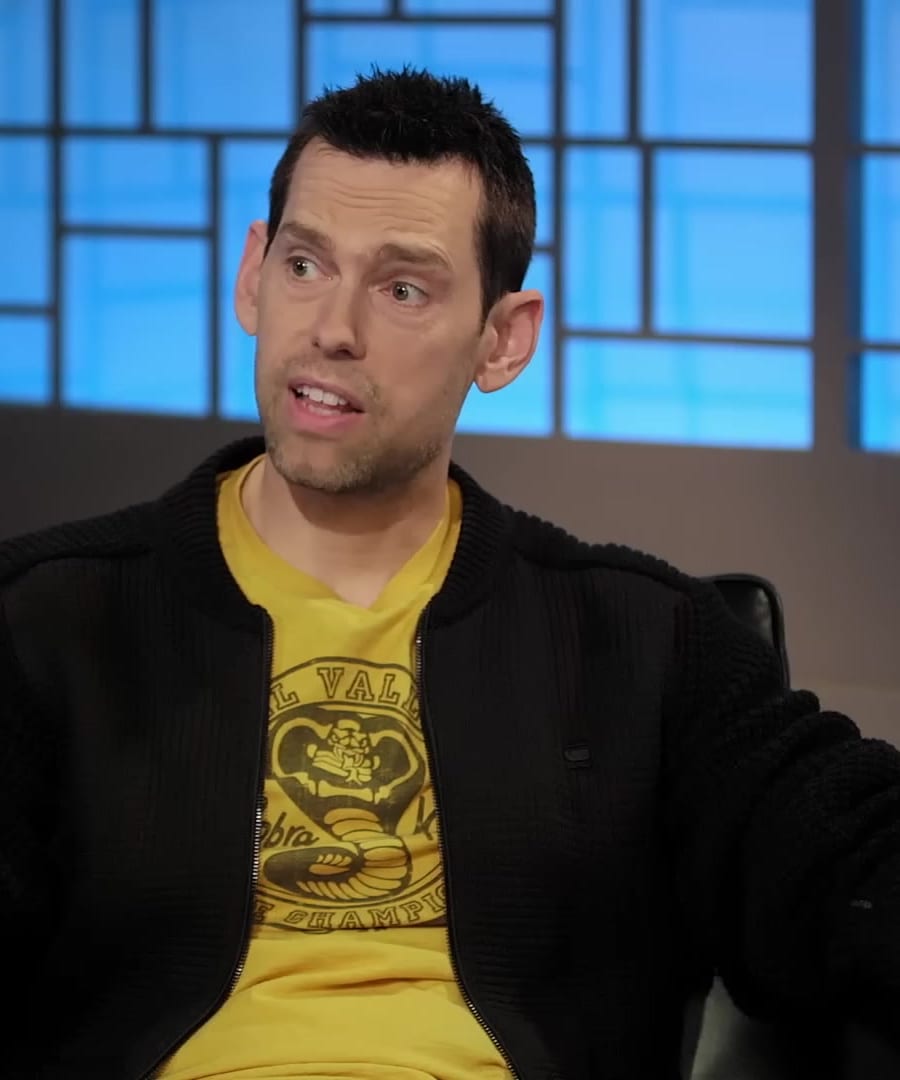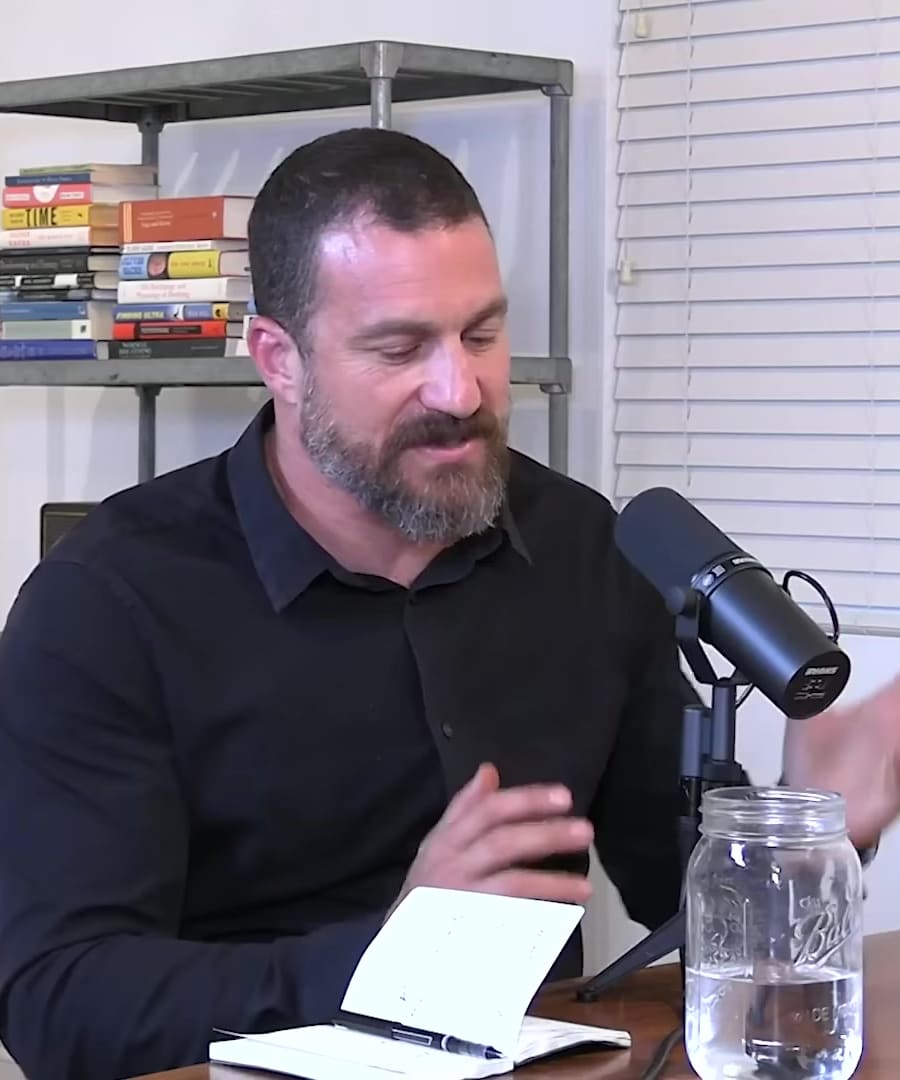Human potential movement
Sources:
The Human Potential Movement (HPM) emerged in the 1960s and has been influential in various aspects of self-development and psychology.
-
Origins and Influence: The HPM is rooted in humanistic psychology and existential psychology. It draws from the works of psychologists like Abraham Maslow, who is known for his hierarchy of needs, and Joseph Campbell, famous for his work on mythologies. This movement focused on developing the potential inherent in every person, emphasizing self-fulfillment and personal growth 1.
-
Modern Reflections: Despite its roots in the 1960s, the principles of the HPM have permeated modern culture. Discussions around human potential often revolve around optimizing physical and mental capabilities through practices that enhance personal growth and self-awareness. For example, Sadhguru talks about the limitless potential of humans, emphasizing that conscious action can lead to unleashing this potential 2.
-
Potential and Movement: Experts like Ido Portal emphasize the power of movement in realizing human potential. The neuroscience of motor systems shows that movement originates deep within the brain's premotor system, reflecting a constant state of readiness and possibility. Practicing movement enhances not only physical abilities but also mental focus and clarity 3.
-
Cultural Context: The Human Potential Movement has its critics as well. Will Storr notes that elements of the movement can sometimes be seen as overly idealistic or even cult-like. However, it has significantly influenced how people view personal and collective growth, integrating practices from various disciplines to understand and harness human potential 4.
The HPM advocates for understanding and developing the full spectrum of human capabilities, influencing practices in psychology, wellness, and even movement training.
RELATED QUESTIONS-

